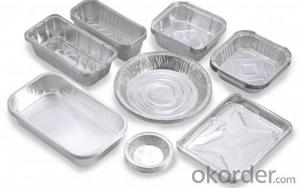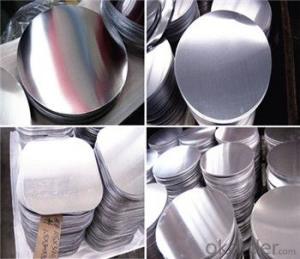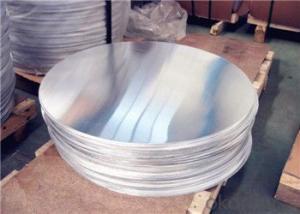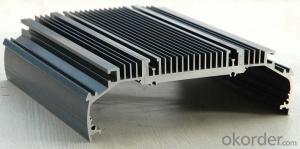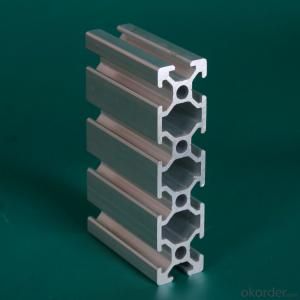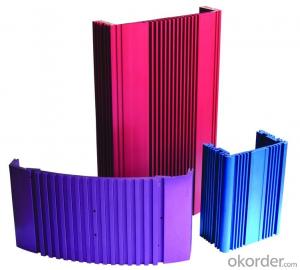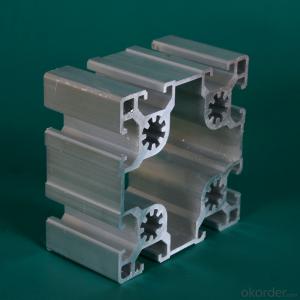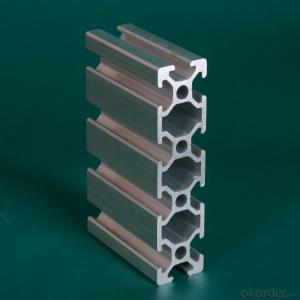Aluminum Extrusion Shapes Stock
Aluminum Extrusion Shapes Stock Related Searches
Led Light Bulbs For Ceiling Fixtures Led Lamps For Ceiling 42 In Ceiling Fan With Light Aluminum Coil Stock For Gutters Aluminum Foil For The Grill Hole Saw For Aluminum Plate Aluminum Tread Plate For Trailer Bow Plate For Aluminum Boat Aluminum Foil For Grow Room Aluminum Foil For Joint PainHot Searches
Stock Price For Aluminum Aluminum Coil Stock For Sale Aluminum Gutter Coil For Sale Used Aluminum Scaffolding For Sale 1/4 Aluminum Plate For Sale Aluminum Bar Stock For Sale Aluminum Round Stock For Sale Aluminum Diamond Plate For Sale Aluminum Scaffolding For Sale Craigslist 6061 Aluminum Plate For Sale Aluminum Dock Plate For Sale 7075 Aluminum Plate For Sale Aluminum Tread Plate For Sale Aluminum Checker Plate For Sale Aluminum Plate For Sale Near Me Plate Aluminum For Sale Aluminum Plate For Sale Aluminum Square Stock For Sale Aluminum Flat Stock For Sale Billet Aluminum Stock For SaleAluminum Extrusion Shapes Stock Supplier & Manufacturer from China
Okorder.com is a professional Aluminum Extrusion Shapes Stock supplier & manufacturer, offers integrated one-stop services including real-time quoting and online cargo tracking. We are funded by CNBM Group, a Fortune 500 enterprise and the largest Aluminum Extrusion Shapes Stock firm in China.Hot Products
FAQ
- When it comes to aluminum profiles, there are numerous design options available, offering a wide range of applications and customization possibilities. Here are some commonly used design options for aluminum profiles: 1. Various Extrusion Shapes: Aluminum profiles can be extruded into different shapes, including square, rectangular, round, T-shaped, I-shaped, or custom profiles. This shape flexibility enables designers to create profiles that perfectly match their project requirements. 2. Diverse Surface Finishes: Aluminum profiles can be finished with various surface treatments to enhance their appearance and protect them from corrosion. Popular surface finishes include anodizing, powder coating, polishing, brushing, and laminating. These finishes offer a variety of colors, textures, and levels of glossiness to suit specific design preferences. 3. T-Slot Profiles: T-slot profiles are a type of aluminum extrusion with a T-shaped slot on one or more sides. These profiles are commonly used in constructing frameworks, machine guards, and other structures that require easy assembly and reconfiguration. The T-slot design facilitates convenient insertion and adjustment of connecting elements, such as bolts, nuts, and brackets. 4. Thermal Break Profiles: Thermal break profiles are designed with a thermal barrier inserted between the interior and exterior parts of the profile. This design minimizes the transfer of heat or cold between the two sides, making them suitable for applications where thermal insulation is crucial, such as windows, doors, and curtain walls. 5. Customization Options: Aluminum profiles can be further customized through additional machining processes, such as cutting, drilling, tapping, milling, or bending. These processes allow for the creation of unique shapes, hole patterns, or features that meet specific design requirements. 6. Integration Capability: Aluminum profiles can be designed to integrate with other components or systems, such as hinges, connectors, fasteners, or brackets. This integration capability provides flexibility in assembly and enables the creation of complex structures or modular systems. In summary, the design options for aluminum profiles are extensive, offering versatility, functionality, and aesthetic appeal. Designers have the freedom to choose from a wide range of shapes, finishes, and additional features to create aluminum profiles that precisely meet their project needs.
- The maximum length of aluminum profiles available can vary depending on the manufacturer and specific product. However, in general, aluminum profiles can be manufactured in lengths ranging from a few inches to several feet. Some manufacturers may offer standard lengths, such as 6 or 12 feet, while others may have the capability to produce custom lengths based on the customer's requirements. It is important to consult with the manufacturer or supplier to determine the maximum length options available for a specific aluminum profile.
- Aluminum profiles are appropriate for interior design applications, offering numerous benefits in this field. Firstly, they are lightweight yet sturdy, facilitating easy installation and working processes. This grants designers the freedom to create intricate shapes and structures, adding flexibility to their designs. Moreover, aluminum possesses exceptional durability and resistance to rust and corrosion. Consequently, it is ideal for a wide range of interior design applications, including door frames, window frames, partitions, cabinets, and furniture. The ability of aluminum profiles to withstand wear and tear guarantees longevity and reduces maintenance requirements. Furthermore, aluminum profiles provide customization options and can be finished in various ways. They can be powder-coated or anodized, allowing for the achievement of different colors and textures. This versatility enhances the design possibilities and enables the creation of unique and aesthetically pleasing interiors. Additionally, aluminum is an environmentally friendly material that supports sustainability. It is highly recyclable and requires significantly less energy for production compared to other metals. Consequently, it aligns with the growing trend of eco-conscious design, making it a responsible choice for interior design applications. In conclusion, aluminum profiles are unquestionably suitable for interior design purposes. Their lightweight nature, durability, customization options, and sustainability aspects make them an ideal choice for creating functional and visually appealing interiors.
- Aluminum profiles offer numerous advantages when incorporated into interior design. To begin, their versatility allows for a wide range of applications. They can be easily customized and fabricated to meet various design requirements, whether it be for a modern or traditional interior. This flexibility makes aluminum profiles an ideal solution. Furthermore, despite their lightweight nature, aluminum profiles are remarkably durable. They resist corrosion, moisture, and temperature changes, ensuring a long lifespan. This durability also translates into minimal maintenance, saving time and money in the long term. Another benefit lies in the aesthetic appeal of aluminum profiles. With various finishes, colors, and textures available, designers can achieve their desired look and feel. Aluminum profiles can be anodized, powder-coated, or polished, resulting in a sleek and contemporary appearance. Additionally, they can mimic other materials like wood or stainless steel while retaining the advantages aluminum offers. Moreover, aluminum profiles possess excellent thermal and acoustic insulation properties. They regulate temperature and reduce noise levels, creating a more comfortable and serene environment. This proves especially advantageous in spaces where soundproofing or energy efficiency is essential, such as offices, hotels, or residential areas. Lastly, aluminum profiles contribute to eco-friendliness and sustainability. Aluminum is highly recyclable, and incorporating it into interior design helps reduce waste and minimize environmental impact. Furthermore, these profiles enhance energy efficiency by allowing natural light to enter a space, minimizing the need for artificial lighting during daylight hours. In conclusion, the advantages of aluminum profiles in interior design encompass versatility, durability, aesthetic appeal, thermal and acoustic insulation, and sustainability. These qualities make aluminum profiles a favored choice for designers and architects seeking to create functional and visually captivating spaces.
- Aluminum profiles are known for their excellent corrosion resistance. Due to the formation of a protective oxide layer on the surface, aluminum profiles are highly resistant to corrosion, even in harsh environments. This oxide layer acts as a barrier, preventing further oxidation and corrosion. Additionally, aluminum profiles can be further enhanced through various surface treatments such as anodizing or powder coating, which provide additional protection against corrosion. Overall, aluminum profiles offer exceptional corrosion resistance, making them suitable for a wide range of applications, including construction, transportation, and manufacturing industries.
- Indeed, roofing systems can utilize aluminum profiles. Aluminum, being a lightweight and durable substance, showcases resistance to corrosion, rendering it an excellent selection for roofing purposes. Aluminum profiles can be employed in the construction of diverse roofing elements, including gutters, downspouts, and flashing, which effectively redirect water away from the roof, inhibiting leaks. Furthermore, aluminum profiles can be conveniently crafted and tailored to fit the particular needs of a roofing system. Altogether, aluminum profiles present numerous benefits for roofing systems, encompassing strength, durability, and resilience against weathering, thereby establishing them as a favored option for both residential and commercial roofing ventures.
- Yes, aluminum profiles are suitable for use in transportation vehicle bodies. Aluminum is lightweight, corrosion-resistant, and durable, making it an ideal material for reducing vehicle weight and improving fuel efficiency. Additionally, aluminum profiles can be easily shaped and formed to meet specific design requirements, offering versatility in vehicle manufacturing.
- How is the thickness of the base plate of the aluminum profile radiator calculated? Are there formulas for calculation?
- There should be empirical formula, the heat of the surface heat dissipation is related to thermal conductivity, thickness, temperature change, surface area. Then the best thickness is calculated by linear programming.



























